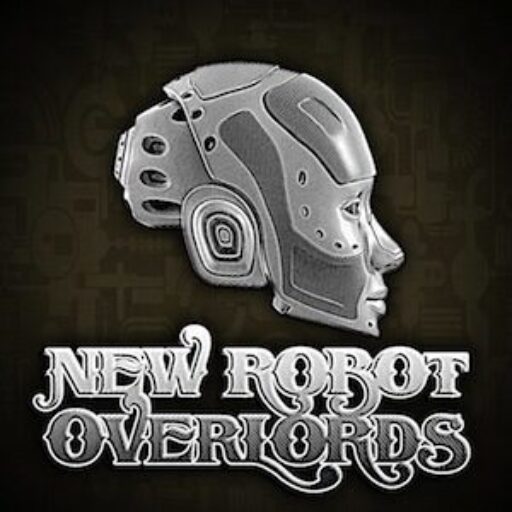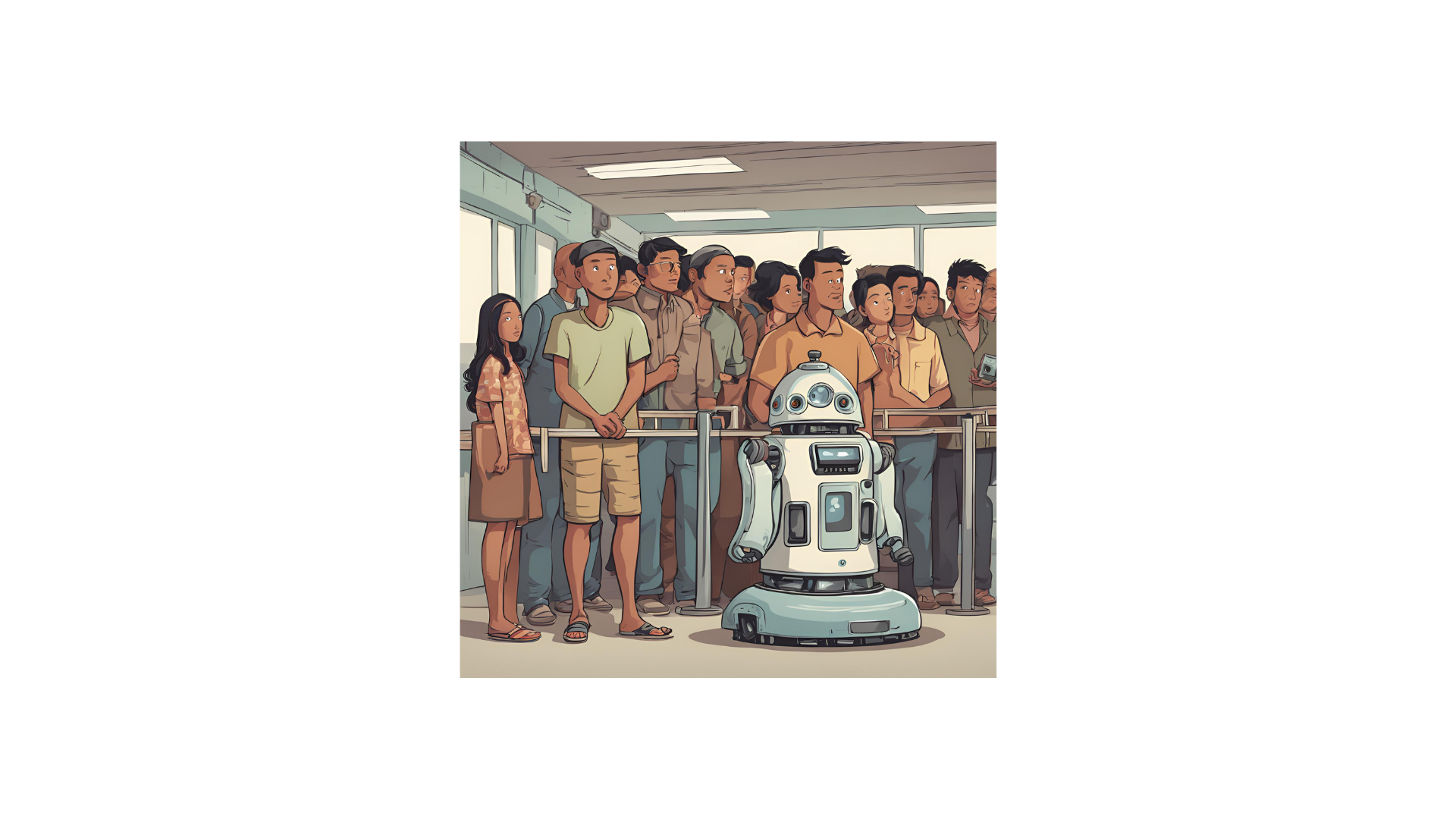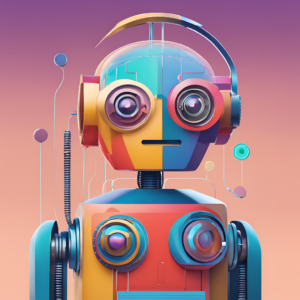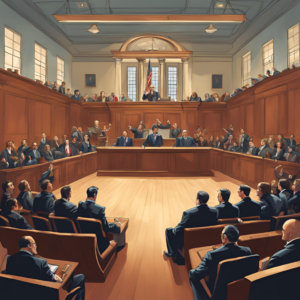Nevada is taking a significant step towards modernizing its unemployment benefits system by integrating artificial intelligence (AI). The project’s stated goal is to streamline the process, reducing the time it takes for claimants to receive their benefits. With a backlog of claims dating back to the COVID-19 pandemic, the state hopes AI can alleviate the strain on its resources.
The AI system will analyze transcripts of unemployment appeal hearings. By examining these transcripts, the AI can identify patterns, trends, and key arguments. Based on its analysis, it will then provide recommendations on whether a claimant should receive benefits. This could potentially expedite the review process, cutting down the time it takes from hours to minutes.
Addressing Concerns
While the potential benefits of AI are significant, there are also concerns. Experts worry that AI may not always be accurate in its assessments. There’s a risk that the system could overlook important details or make incorrect decisions. Additionally, there’s the concern that relying too heavily on AI could lead to a loss of human touch in the process.
To mitigate these risks, Nevada plans to incorporate human review into the process. Even if the AI recommends a decision, a human will still have the final say. This ensures that there is a safety net in place to catch any errors or inconsistencies.
Another key concern is privacy and security. The AI system will be handling sensitive personal information, including transcripts of appeal hearings. It’s essential to ensure that this data is protected from unauthorized access. Additionally, there’s the risk that the AI could misrepresent facts or draw inaccurate conclusions.
Nevada’s experiment with AI in its unemployment benefits system is a double-edged sword. On the one hand, it has the potential to improve efficiency and reduce wait times for claimants. On the other hand, there are concerns about accuracy, human intervention, and privacy.
While AI can be a valuable tool, it’s important to use it judiciously. Nevada’s experiment can show us whether AI systems can be used to improve the lives of its citizens, rather than causing harm.



